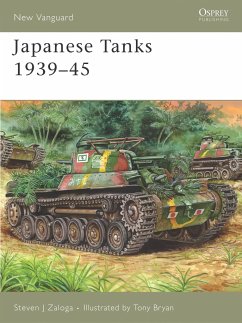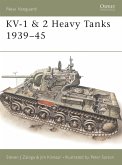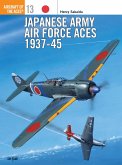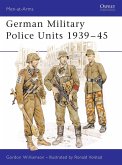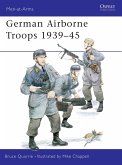Contrary to popular belief, the Japanese Army widely employed tanks within the Pacific theater of war. This title details their key role in the conquests of Singapore and Malaya, as well as their later use in Burma, Saipan, and the Philippines, including in the amphibious assault of Corregidor. Tank development succeeded against the odds, with the programme often neglected to pursue the higher priority of warship development. Their use in the most difficult of terrain is a testament to their ingenuity. Steven J Zaloga's book offers a rare insight into a largely overlooked subject and is rich with photographs and artwork, providing a wonderful resource for the construction and design of these fascinating tanks.
Hinweis: Dieser Artikel kann nur an eine deutsche Lieferadresse ausgeliefert werden.
Hinweis: Dieser Artikel kann nur an eine deutsche Lieferadresse ausgeliefert werden.

